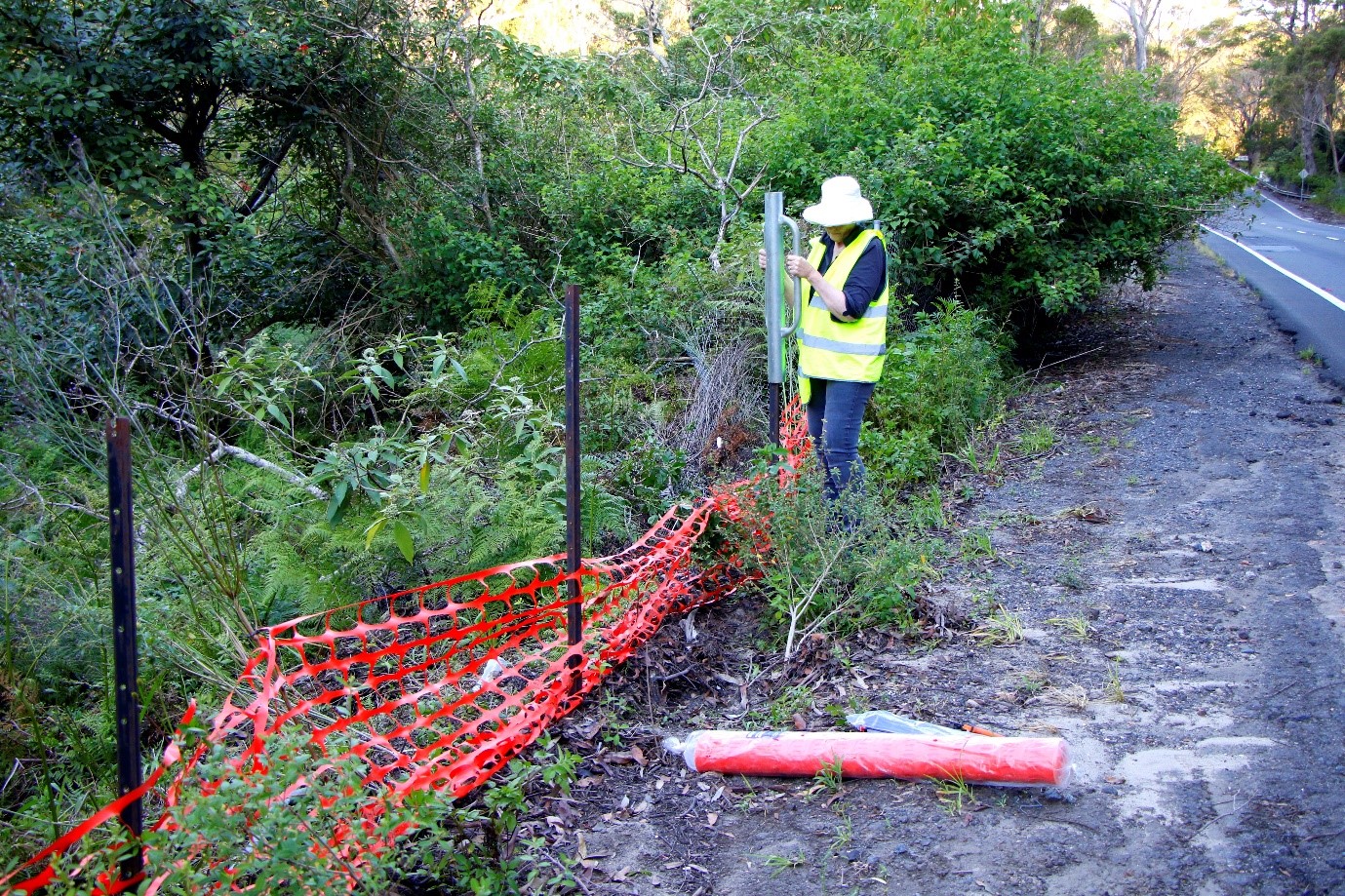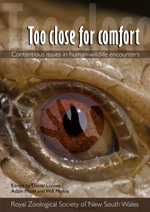Conny Harris Calls for exclusion fencing + Traffic Calming Devices in Wildlife Hotspot on oxford falls/Morgan Roads prior to new oxford creek bridge being built
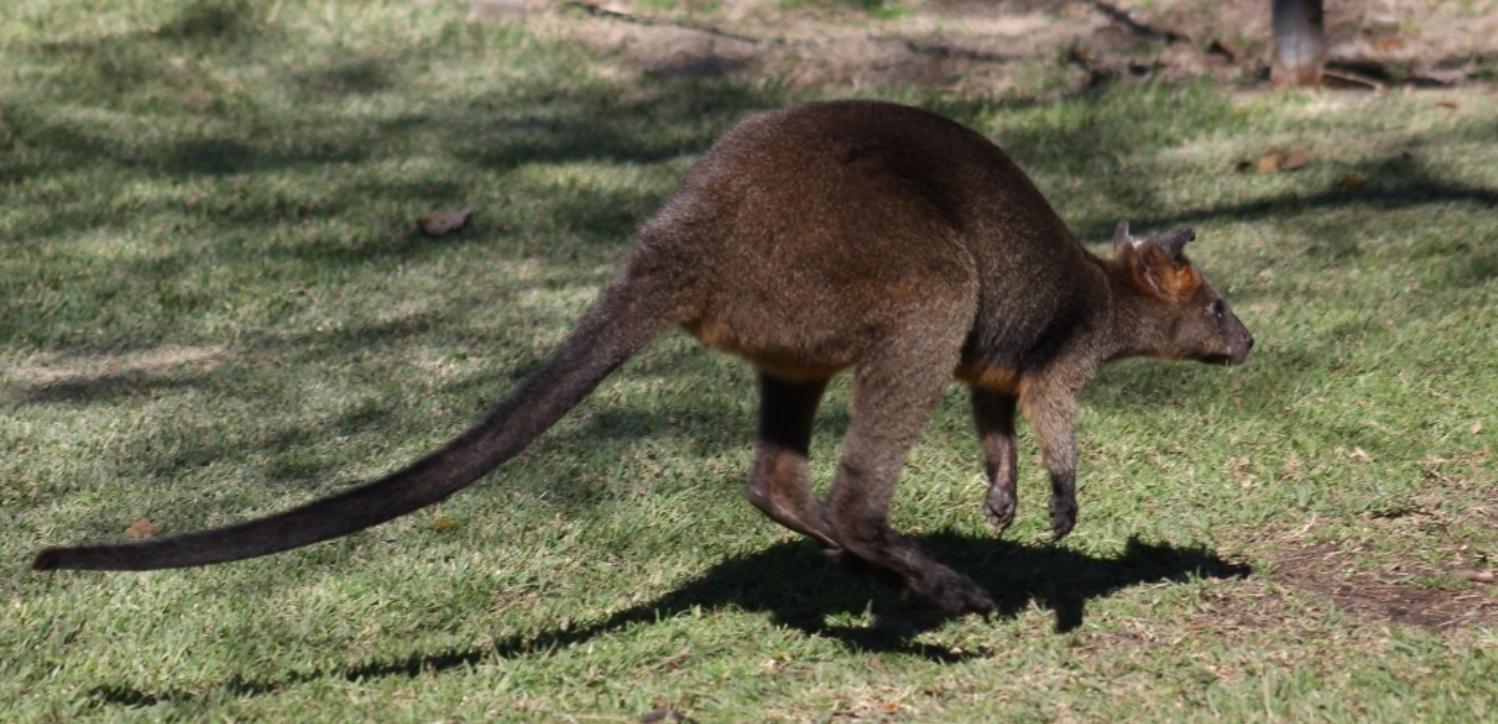
Conny Harris addressed the Council meeting held on Tuesday May 23rd this week calling for Traffic calming measures to be installed along Oxford Falls Rd and Morgan Rd, Belrose’ to protect resident wildlife before the construction of a new two-lane bridge to replace the old one lane bridge commences.
The site is that of the Morgan Road / Oxford Falls bridge replacement, one of the projects slated for the 2022/2023 fiscal year. At the April 2023 Council Meeting accepted the tender of C.C. Pines Pty. Limited for RFT 2022/206 – Design and Construct Morgan & Oxford Falls Road Bridge and Associated Road Realignments for the sum of $904,634.66 excluding GST, or $995,098.12 with GST included.
The bridge was constructed in 1965 and has been identified in Council's most recent condition audit as requiring replacement due to its structural condition rating. The design is for a new two-lane vehicle bridge with the addition of new a separated pedestrian bridge.
Construction is expected to commence in Winter 2023.
On Council's webpage for the project, under 'How will Council protect native wildlife during demotion and construction?', the answer is:
During construction there will be sediment fences installed around the work site and no works will occur in the creek. A fisheries permit will be required for all works alongside and over the creek and the environmental requirements of the permit will be followed at all times.
The road and bush alongside is a wildlife corridor and habitat hotspot for local species. It was a quieter slower back way with an unsealed road where Oxford Falls road and Morgan roads meet. These screenshots from Google Maps, dated September 2019, show how it was four years ago:
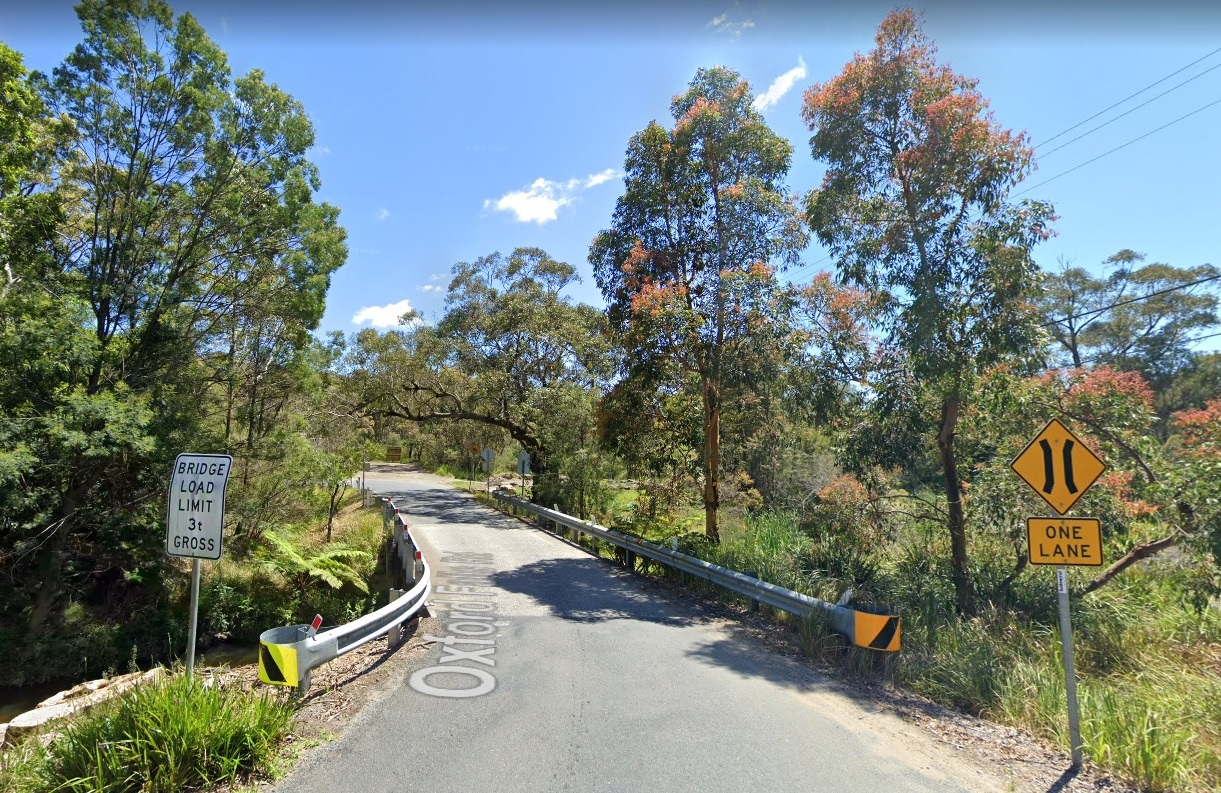
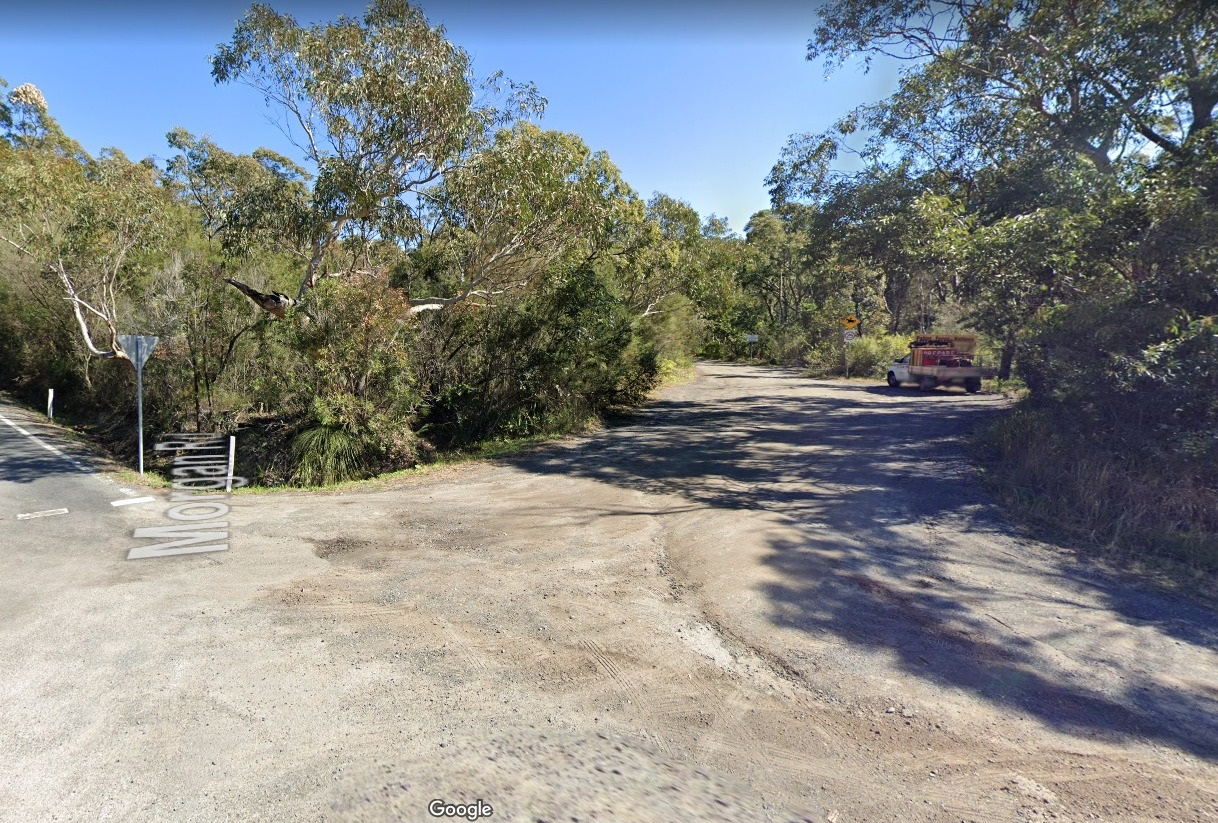
Conny Harris is President and Public Officer of the Northern Beaches Bushland Guardians, which has collected over 10,500 signatures from the community, and across NSW, in its campaign to save Lizard Rock and other bushland from development proposed by the NSW Government.
During the Public Forum section of the Council Meeting Conny stated:
''I’m here to ask that we address our iconic Oxford Falls and Belrose locations with vast areas of bushland, fauna of course, residents and recreational activity seekers.
In 2006 I presented to the Royal Zoological Society my research about roadkill, ‘’No prescription yet to counter the roadkill of our native fauna: A study of roadkill in the Narrabeen Catchment of Sydney’’ which appeared in this book.
The result of the study was that the most commonly killed species was the swamp wallabies and the highest toll occurs on Morgan Road and Oxford Falls road.
Every 18 days one swamp wallaby was killed. The [Wakehurst] Parkway, thanks to what was then the RTA, and a big push from council, fenced large sections of that road, but Morgan Road did not receive that attention. After all, then, we had an unsealed road section of Morgan Road and a one lane bridge, which is a natural deterrent.
This was exactly where the female wallabies are breeding and raising their young.
However, council decided to seal that last section of unsealed road when the new hospital was built and this caused more people to use that road – it became, more or less, a rat run. Council has now decided it will upgrade that one lane bridge to a two lane bridge, our last one lane bridge, a historic bridge of the northern beaches, is to go.
Our fear that this will make the location an even bigger rat run and that more wildlife will be killed, recreational seekers will be hit, and of course, it will facilitate the Lizard Rock development.
My study showed that wallabies will decrease if measures to keep them safe are not introduced, and they have, and they may even become locally extinct.
Please do not allow this to happen. Please ensure that there will be fauna fences and traffic calming measures installed along Oxford Falls Rd and Morgan Rd, Belrose before any bridge works start.''
A former Warringah councillor, Conny Harris, who lives in Morgan Rd, said in 2017 she feared the road would become a main route if sealed.
Conny is listed as the lead author of ‘’No prescription yet to counter the roadkill of our native fauna: A study of roadkill in the Narrabeen Catchment of Sydney’’ published in Too close for comfort: Contentious issues in human-wildlife encounters, Royal Zoological Society of New South Wales, 2008 and available online as a PDF Chapter at: https://meridian.allenpress.com/rzsnsw-other-books/book/608/chapter/12051174/No-prescription-yet-to-counter-the-roadkill-of-our
Jacqueline Marlow and Anthony Harris are also listed as authors.
The study was conducted by a community motivated by the rejection of a roadkill mitigation proposal by state Roads and Traffic Authority on the basis of insufficient evidence of need.
Roadkills were recorded in suburban bushland on two roads in the north-east of Sydney. The study was conducted over a 36-week period.
Eighty-four native animals were observed dead on or adjacent to the roads. The predominant species killed were swamp wallabies Wallabia bicolor, brushtail possums Trichosurus vulpecula and long nosed bandicoots Perameles nosuto. The great majority of killed swamp wallabies were male. There was a noticeable absence of small fauna.
The dissemination of this study and others led to a public forum on road kill being held. From this public forum, a "RoadKill Committee" was formed comprising local stakeholders. Strategies for mitigating roadkill were implemented and a public awareness campaign was also developed.
Roadkill surveys such as this helps provide information about the nature and extent of roadkill.
They can also galvanise local community opinion and help develop and monitor local roadkill mitigation strategies.
In March 2023 Pittwater Online ran 'Priorities? The Wildlife Exclusion Fences On The Wakehurst Parkway Are In A Terrible State Of Repair' by Jacqui Marlow.
This report pointed out that subsequent floods down Middle Creek during the past few years during storm and rain events have flattened the fences multiple times and there needs to be a plan for the temporary repair of fences when they are breached and that the Wakehurst Parkway wildlife exclusion fences need to be maintained regularly by the road contractors.
Cars running off the road also flatten the fences.
The earliest contractors were going to near them would be May 2023.
''These fences are important. This map marks the swamp wallaby roadkill on the Wakehurst Parkway for 2021 to 2023.'' Jacqui said ''Many other animals such as owls, echidnas, and possums have also been killed.''
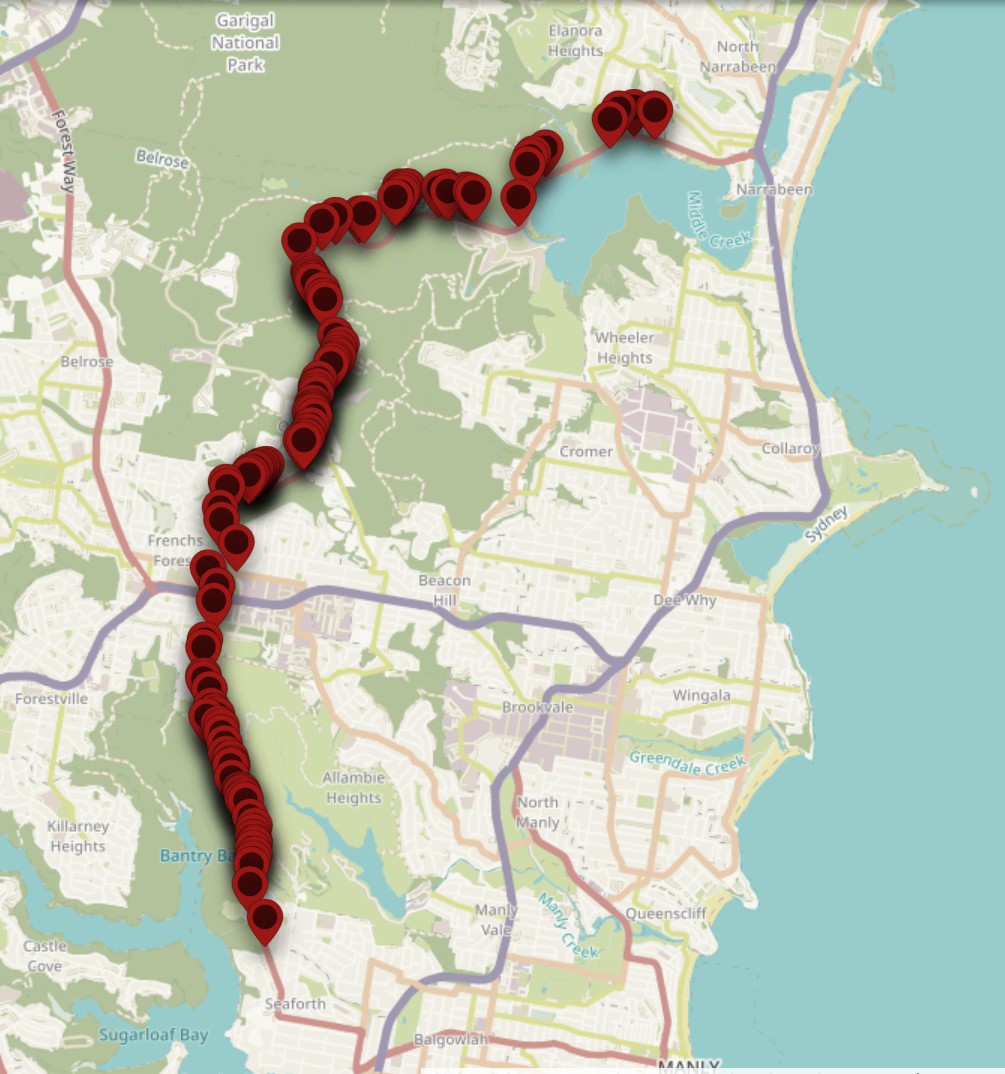
The Roadkill Prevention Group temporarily repaired the fence at their own personal expense, again.
However, the most distressing impact here is that data from June 2013 to 30 June 2021 on the NSW Department of Environment lists 731 Swamp wallabies were rescued and just 38 returned to their bush homes in our area.
This becomes x10 when it is possums - 10,469 were rescued during the same 8 year period, with 2,798 returned to their homes.
''This study draws on 469,553 rescues reported over six years by wildlife rehabilitators for 688 species of bird, reptile, and mammal from New South Wales, Australia.... Of the 364,461 rescues for which the fate of an animal was known, 92% fell within two categories: ‘dead’, ‘died or euthanised’ (54.8% of rescues with known fate) and animals that recovered and were subsequently released (37.1% of rescues with known fate).''In total, there were 872,087 records reported during the six-year (2013–14 to 2018–19) study period. Just over 97% of these came from three animal groups–birds, mammals, and reptiles. Of the total number of records, 402,534, (46%) were excluded from the descriptive analysis because they: a) did not contain any information about the animal, or the animal’s identification was ambiguous and could not be placed within a group (e.g. an ‘unidentified animal’); b) contained only sightings of animals and were not attended to in some way by a wildlife rehabilitator; c) were records of amphibians (373 records) or non-vertebrate fauna (e.g. spiders, insects, etc.); d) were non-avian marine vertebrates such as whales, seals, sharks, rays, fish etc; e) were reported as floating, drowned, or washed up animals (deemed an ambiguous cause for rescue, n = 48); f) contained both an ‘unknown’ cause for rescue and an ‘unknown’ fate; or f) were an introduced or spurious species (e.g. extinct, or out of known range). These exclusions resulted in a dataset for descriptive analysis of 469,553 records i.e. 54% of the initially reported amount.''
